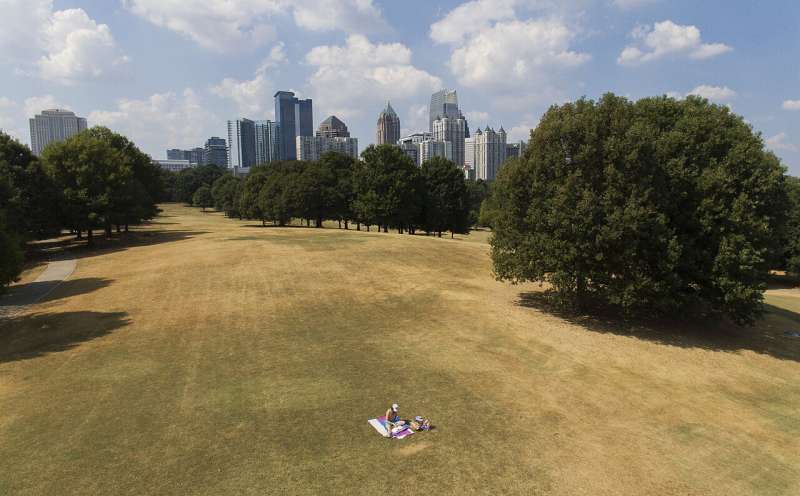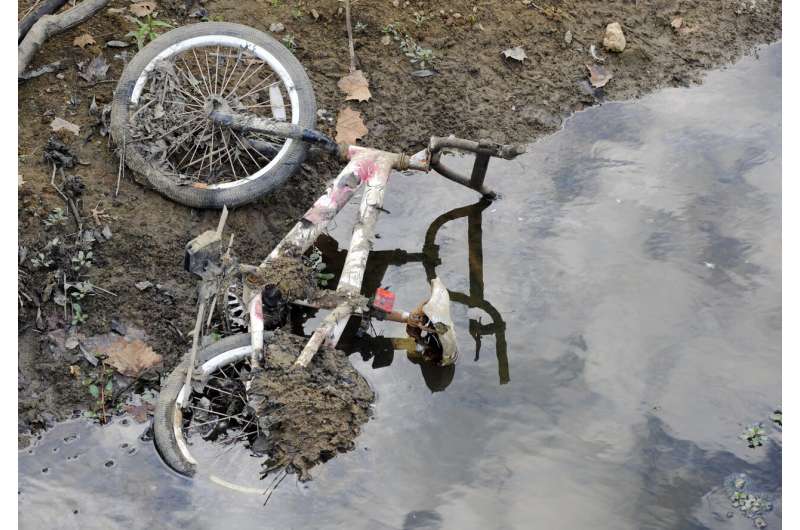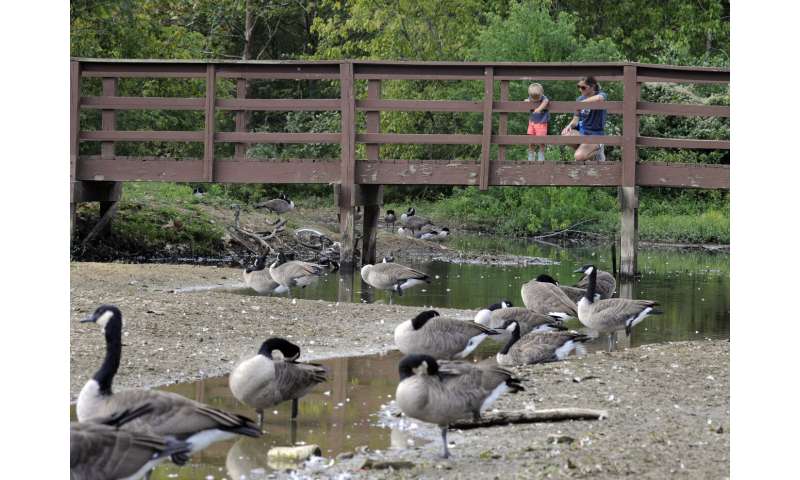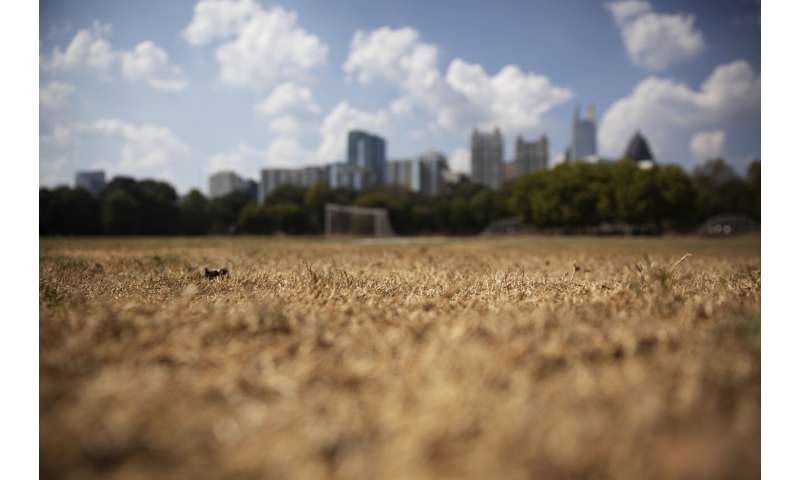'Flash drought' worsening across 14 Southern US states

More than 45 million people across 14 Southern states are now in the midst of what's being called a "flash drought" that's cracking farm soil, drying up ponds and raising the risk of wildfires, scientists said Thursday.
The weekly U.S. Drought Monitor report released Thursday shows extreme drought conditions in parts of Texas, Alabama, Georgia, Kentucky, South Carolina and the Florida panhandle. Lesser drought conditions also have expanded in parts of Arkansas, Louisiana and Mississippi.
Overall, nearly 20 percent of the lower 48 U.S. states is experiencing drought conditions.
The drought accelerated rapidly in September, as record heat combined with little rainfall to worsen the parched conditions, said Brian Fuchs, a climatologist at the National Drought Mitigation Center in Nebraska.
"Typically we look at drought as being a slow onset, slow-developing type phenomenon compared to other disasters that rapidly happen, so this flash drought term came about," Fuchs said. "The idea is that it's more of a rapidly developing drought situation compared to what we typically see."
Fuchs said he expects scientists to have further discussions about flash droughts, and perhaps develop parameters for what constitutes a flash drought.
Climate change is expected to make this kind of drought even hotter in the southern Great Plains, the National Oceanic and Atmospheric Administration reported recently.

In a separate report this summer, NOAA scientists and researchers with the University of Colorado Boulder studied the impacts of the intense 2017 flash drought in the northern Great Plains, which caused $2.6 billion in losses in the region. A more arid landscape due to climate change "will make droughts of similar intensity 20 percent more likely than in the past," NOAA said in a summary of the research .
The current drought has been putting stress on a wide variety of crops across the South, including cotton in Alabama, peanuts in Georgia and tobacco in Virginia, according to reports from the National Drought Mitigation Center.
Pumpkins are faring better in Alabama, though they're somewhat smaller this year due to the drought.
"We would have liked to have had a few more pumpkins this year, but we do have pumpkins and we are selling pumpkins—that's the good news," said Doug Chapman, a commercial horticulture expert with the Alabama Cooperative Extension System.
-

In this Sept. 26, 2019 file photo, April Hebert watches her 1-year-old son Collins toss rocks into a partially dried-up creek in Helena, Ala. Scientists say more than 45 million people across 14 Southern states are now in the midst of a drought that's cracking farm soil, drying up ponds and raising the risk of wildfires. (AP Photo/Jay Reeves, File) -

Dry grass from a lack of rain lays beneath the Midtown skyline in Atlanta, Thursday, Oct. 3, 2019. Scientists say more than 45 million people across 14 Southern states are now in the midst of a drought that's cracking farm soil, drying up ponds and raising the risk of wildfires. (AP Photo/David Goldman)
In Mississippi, wildfires have been on the rise, Gov. Phil Bryant said this week, as he ordered a statewide burn ban. Outdoor burning is also restricted in parts of several other states including Texas, Alabama, Georgia, Tennessee and West Virginia, according to the drought center.
The drought was also affecting some water supplies across the region. Lake levels have been falling throughout Georgia, including at Lake Lanier, which provides much of Atlanta's drinking water.
In North Carolina, rivers and streams are running low, Rebecca Cumbie-Ward, the state climatologist, said in a statement. Some North Carolina water systems are limiting use, and state officials are asking residents to follow those water restrictions .
Alabama Power said last week it was reducing water releases from its hydroelectric dams because of the drought. The move was intended to prevent lakes from shrinking too much.
The Drought Monitor is produced by researchers at the University of Nebraska-Lincoln, NOAA and the U.S. Department of Agriculture.
© 2019 The Associated Press. All rights reserved.














